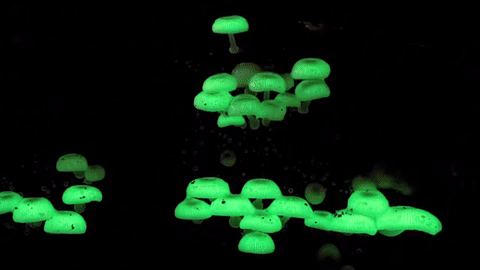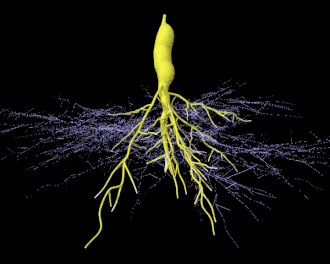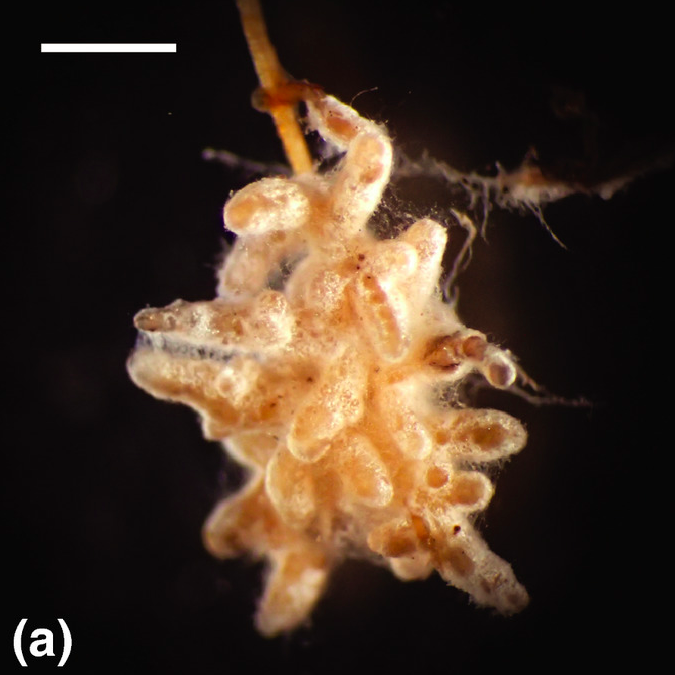
19.1
Under the name of Tibi, the original granules live in Opuntia ssp feeding on the sugary excretions (fruits) of these cacti. In Oaxaca, they are popularly known as seaweed or granillo, and are generally used domestically. Later, the granules of this culture, also known as cabaiasis, were named tibicos. Some sources call them Chinese mushrooms and others point to Japan as its origin. Reference is also made to Tibet, where the word tibicos would come from.




































